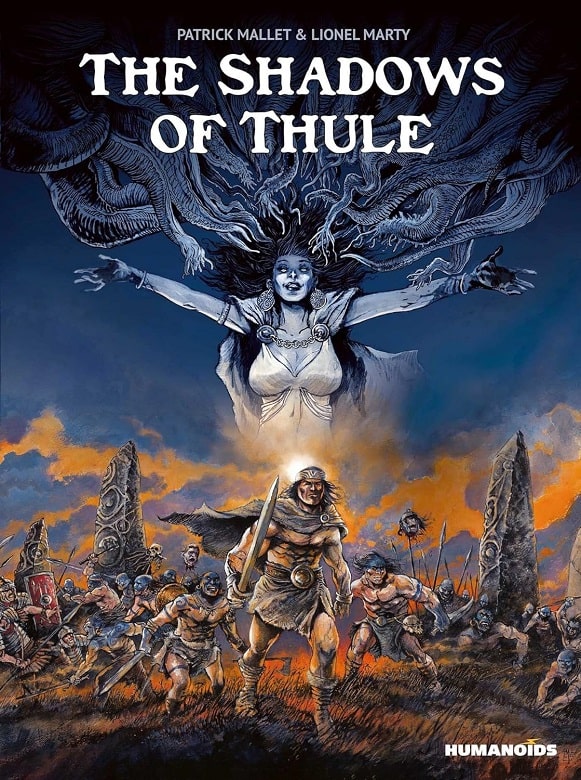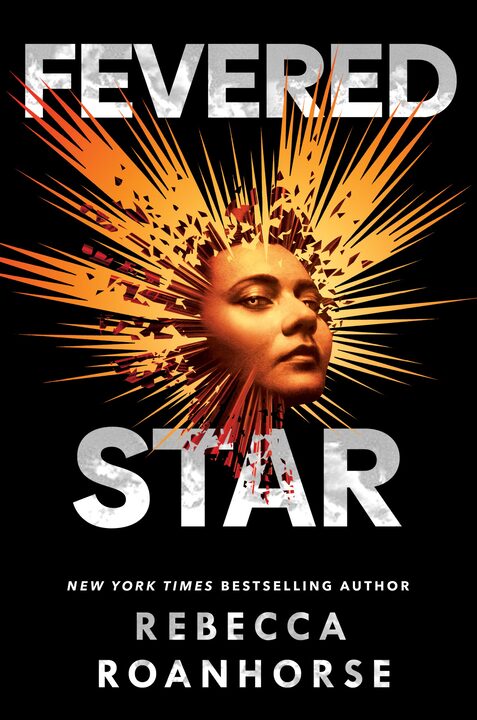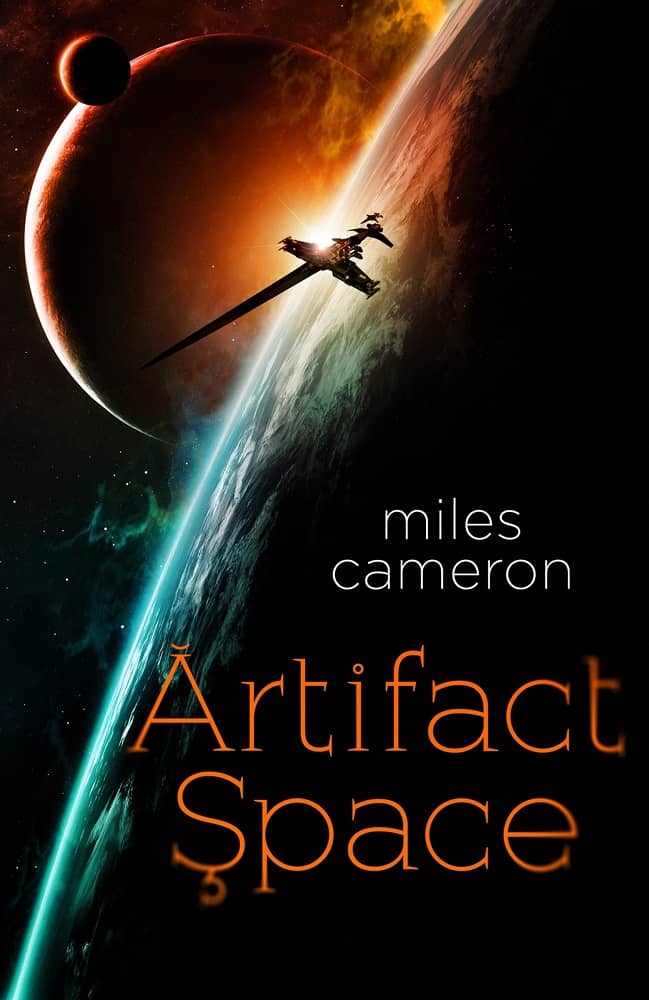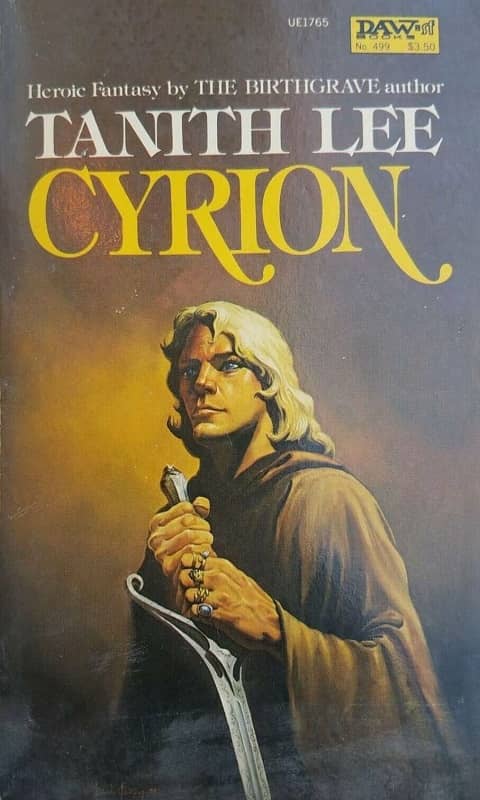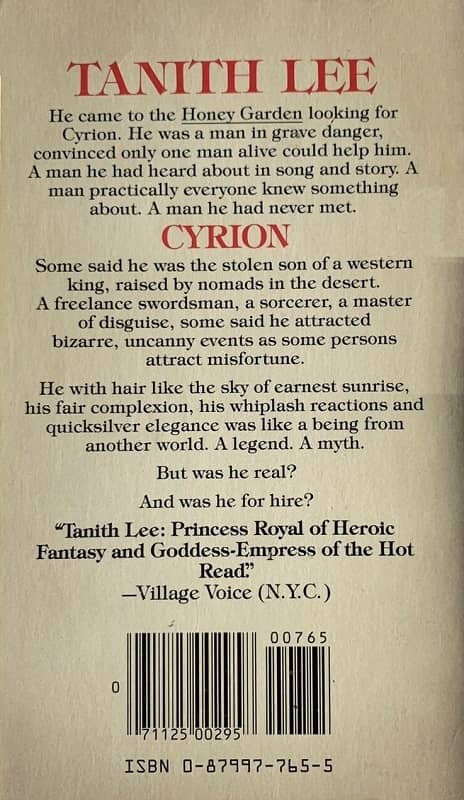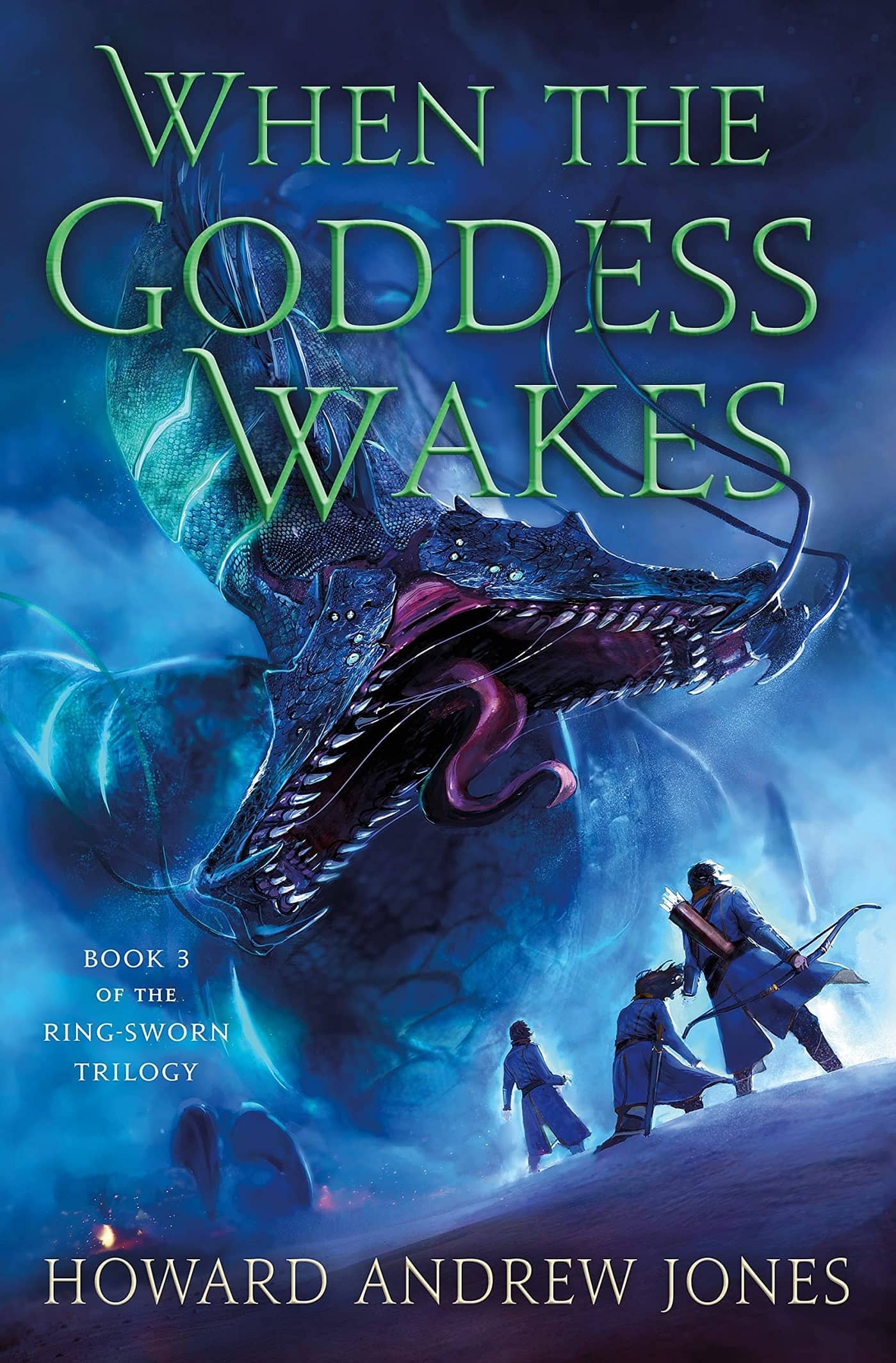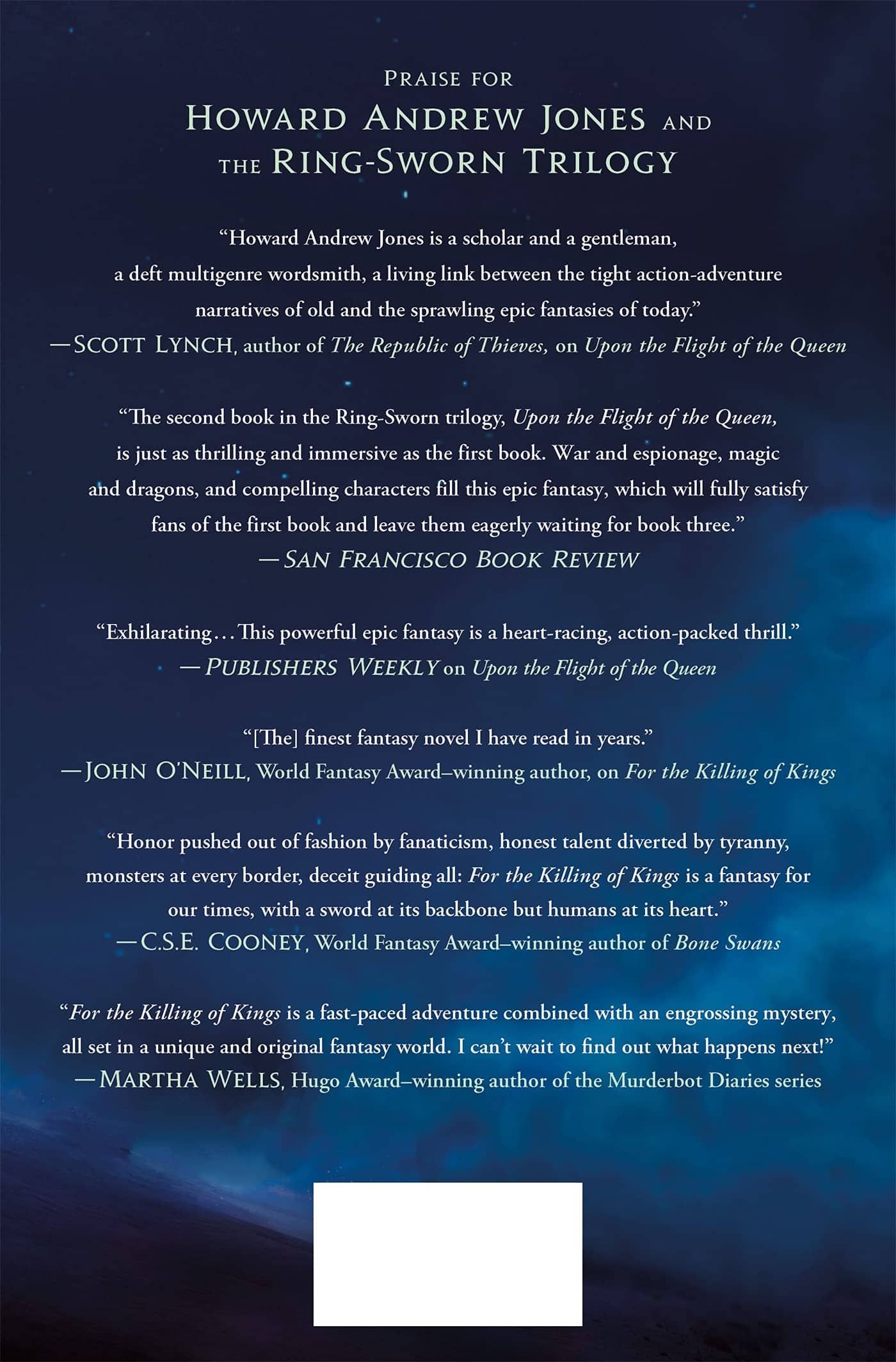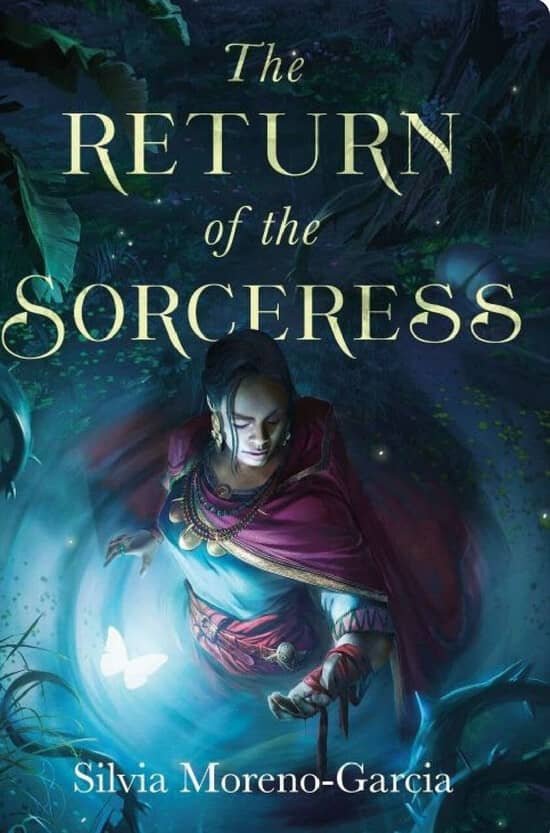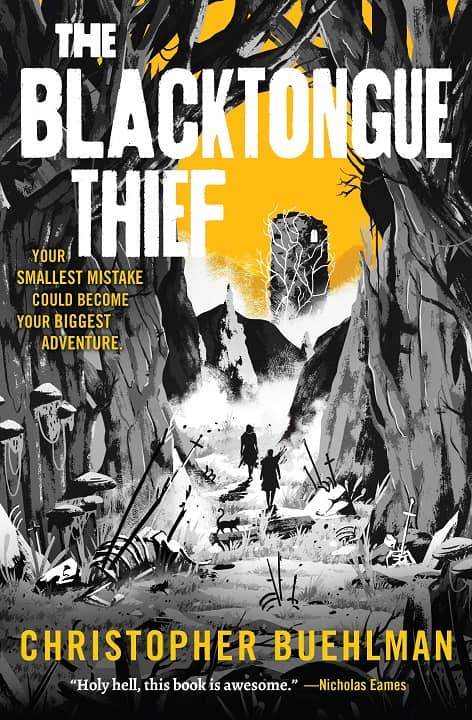Of Lies and Truth and the Personal Narratives We Weave Between: An Interview with Moses Ose Utomi
Moses Ose Utomi
Moses Ose Utomi is a Nigerian American fantasy writer, who weaves his unique cultural heritage with the academic chops an MFA in fiction from Sarah Lawrence College and a dash of the wandering martial artist, living extensively across the US (most recently Honolulu). His work has been published with Tor and Fantasy Magazine, among others, but his most successful work to date has been his debut novella, Lies of the Ajungo (which, I recently reviewed at Black Gate), and is the first part of a trilogy of exploring his unique secondary world, the Forever Desert. Moses was kind enough to meet up for a long, rambling Zoom interview, where we discussed everything from the novella and its sequels, to identity, the role of violence as means of society change, world-building, and how Moses ‘signal-switches’ in his mind when writing adult vs. young adult fantasy. There was a lot of great stuff, but I’ve tried to pair it down to the most best — suffice it to say that, as shows in his fiction, Moses’s thoughts range wide and deep and it was a great chat!
GM: Moses, thanks for doing this and thanks for writing such a great novella!
MU: I’m glad to be here and glad you enjoyed it!
So let’s get to it… there’s a lot packed into 88 pages including not one but two twists, the second ‘reveal’ which, I confess, hit me in the gut.

